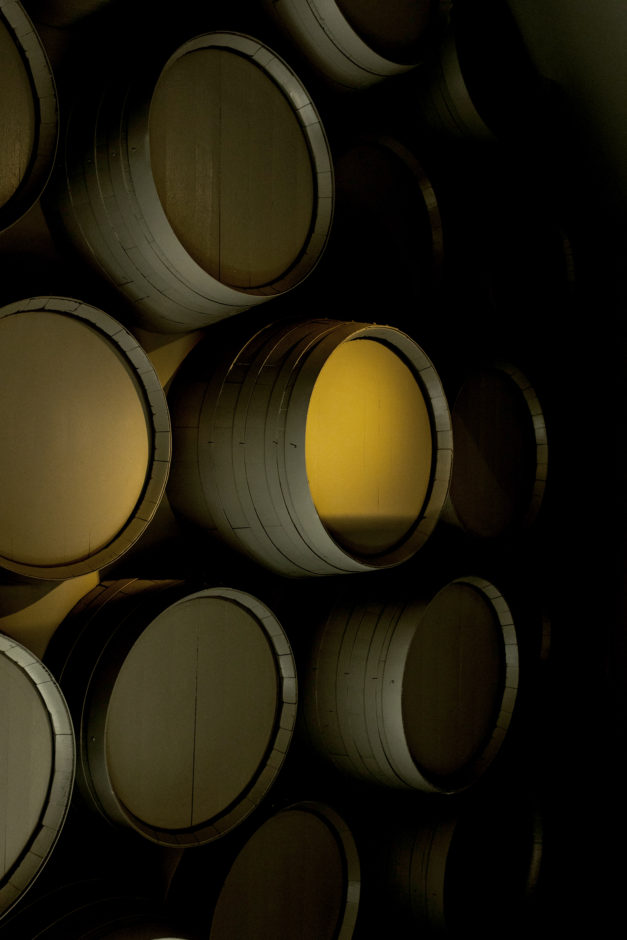29th Jun 2022
2018, 2019, and 2020 are three very different Northern California growing seasons, producing wines of distinctive stylistic signatures, revealing three deliciously different faces of Napa Valley.
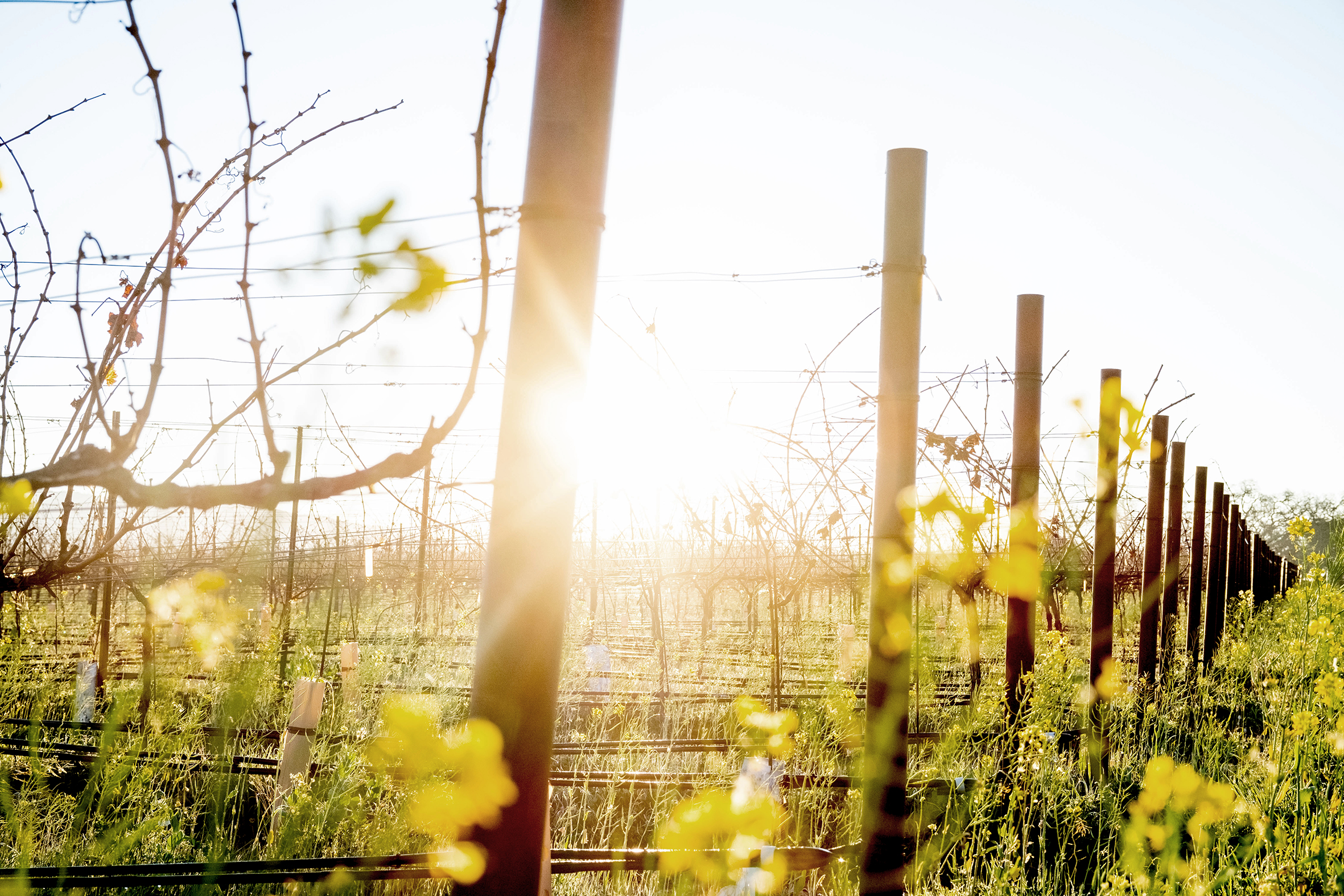
The Trimurti
2018
Slow Creation
Having tracked the progress of the 2018s since they went into barrel, their transformations have been nothing short of exhilarating. Here was a type of vintage that Napa had not experienced for decades. It was a return to an era of more moderate, benevolent-natured summers with foggy mornings followed by sunny afternoons. Featuring cooling day breezes and brisk, chilly nights, the 2018 ripening curve was gradual and steady. It was an atypical vintage for our modern times and mostly a great one, which isn’t to say it was without pitfalls.
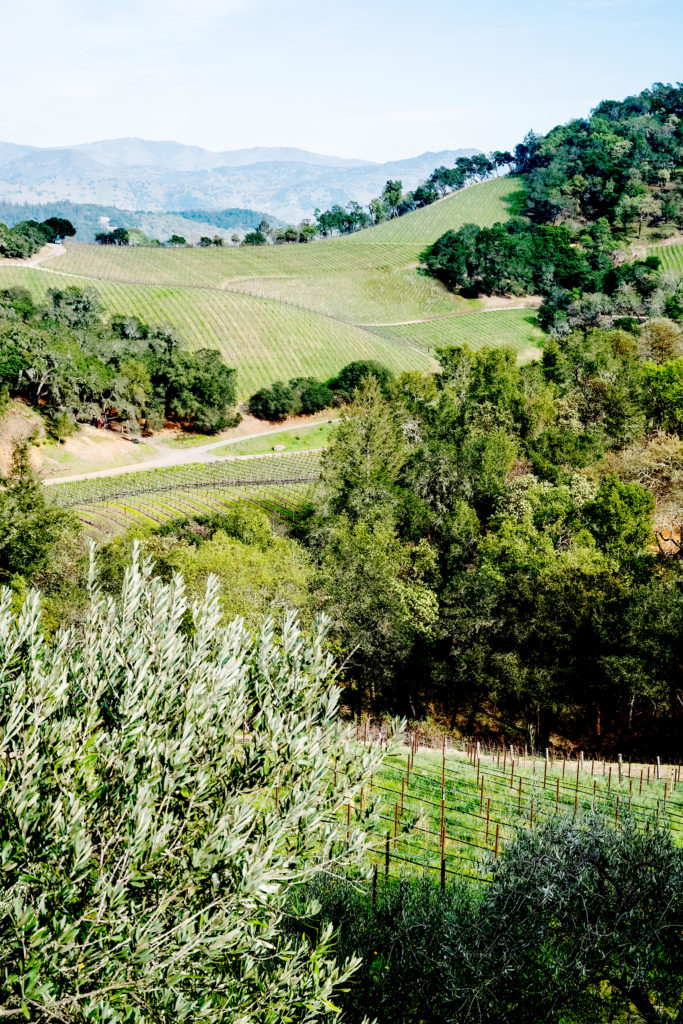
Growing Season
If I had to use just one word to sum up the 2018 harvest, it would be: late. At the end of September, when most of the Napa Valley producers typically would be harvesting, local vintners began getting twitchy. But, the fruit wasn’t ripe.
2018’s growing season had been blissfully unremarkable up until the nail-biting late finish to the season. The year kicked off with a little winter rain and a mild spring, leading to a relatively late bud burst and an easy, healthy flowering and fruit set. If there is any criticism about this period, it is that flowering and fruit set went a little too well, setting large crops across the valley. Following 2017’s small harvest, mainly due to the heat, fires, and smoke taint, many growers were reluctant to thin the crop. If 2018 were anything like previous vintages, the vines should have had enough sunshine and heat to ripen the bountiful crop.
However, 2018’s summer was cool to warm rather than hot, defined by foggy mornings and hazy afternoons. So, ripening proceeded at a far slower rate than in previous years. Unusually, it was well into August before most of the Cabernet started to go through veraison. The result was a harvest waiting game, which was mostly not an issue since the autumn remained dry and warm. But, into the first week of November, there was a lot of unharvested Cabernet Sauvignon still hanging around the valley.
Napa Valley Vintners noted a 20% to 30% increase over average crop volumes in 2018. This dramatic increase in crop load caught a lot of growers by surprise, but not because of the amounts of bunches. Growers reported an increase in cluster weight of around 20% or more in 2018, taking most by surprise and throwing off yield predictions. For this reason, those that were too ambitious with their yields struggled to bring in completely ripe fruit.
Style & Quality
The best 2018s are more medium-bodied, moderate-alcohol styles packed with vibrancy and energy. Phenolic development (tannin and color compounds) tracked closely with sugar accumulation this year, meaning the tannins had the opportunity to ripen at more moderate sugar levels. The wines possess balanced levels of acidity that are generally not as marked as the 2017s but are fresher than warmer vintages such as 2015, 2016, 2019, and 2020. Some of the wines that looked a little lean during barrel aging filled out beautifully by bottling.
The best wines have incredible intensity and depth without being weighty, offering bright, crunchy fruit profiles and rock-solid structures.
This all said, the fact remains that for some producers that misjudged their crop size or got overzealous with yields, there was only so much that could be filled out with barrel aging. In short, there are a few skinny, attenuated 2018 Napa wines on the market to avoid. This situation seems more prevalent with the white varieties, where I’ve run into some downright dilute Sauvignon Blancs and Chardonnays. Generally, 2017 and 2019 were better vintages for Napa whites.
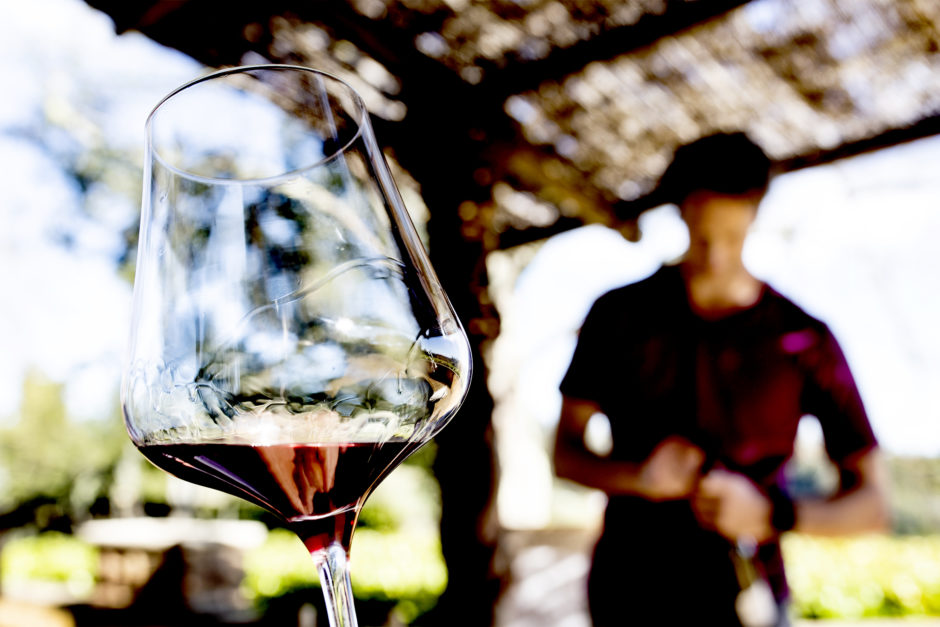
Drinking Windows
In the best cases, the more structured styles and the nuanced fruit profiles promise considerable aging potential for the 2018s. I’m conservative with my drinking windows, but it is safe to say that many of the top Cabernet Sauvignon-based 2018s should be able to cellar beautifully for 40 to 50 years or more.
Smoke Taint
There are a few incidences of smoke-tainted wines in 2018, but it needs to be stressed that these are localized. According to my tastings, the two areas most significantly impacted are Atlas Peak and parts of Howell Mountain. I have also picked up smoke taint in a few wines from other high-altitude sites in Napa Valley. The issue appears to stem from wind carrying smoke from the Mendocino Complex Fire that year. Readers can be assured that if I pick up any smoke taint on wines, I will describe the characters in my notes and score the wines accordingly with a question mark or, in slight smoke taint cases, a score and a question mark.
The decision as to whether to purchase these wines is yours.
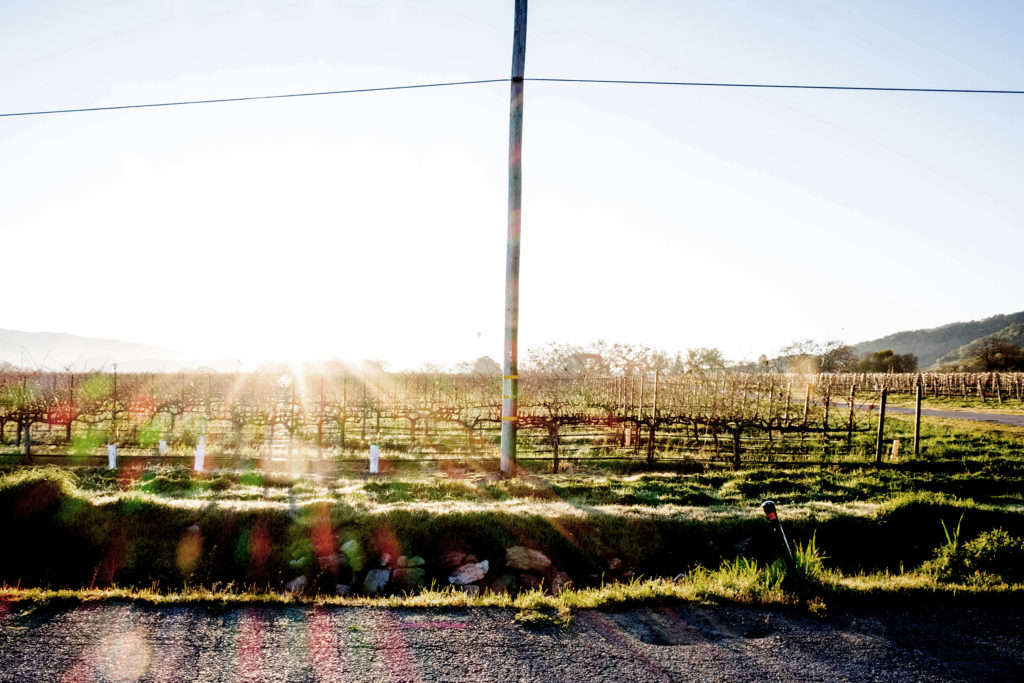
2019
Preservation
2019 has produced markedly different styles of wines than 2018—styles that perhaps better match consumer expectations of an outstanding Napa Valley vintage. Being a warmer, sunnier growing season, while 2019 was a relatively easy year, winemakers focused their efforts on preserving all that purity of fruit and freshness in the wines.
Growing Season
Following in the footsteps of 2018, 2019 was another unremarkable growing season—and I mean this in the best possible way. Being based in Napa, I remember it as a summer without extremes. As in 2018, it was neither too hot nor too cold. But there are a few key occurrences during the growing season and, in many cases, in the approach of growers following 2018 that makes 2019 a tick or two more consistent in quality from bottom to top than 2018.
2019’s January to May period kicked off with a good amount of rain—just over 34 inches. This compares to almost nothing during that same period in 2018 (0.61 inches) and is like the very wet winter and spring of 2017. With the rains extending through May, the soils were still moist following budburst (mainly occurring in late March and early April) and into the initial growth spurt, leading to a fair bit of vigor, which needed managing. Likewise, as in 2018, fruit set for the Bordeaux varieties was abundant.
Growers around Napa Valley generally benefitted in 2019 from the significant pitfall of 2018: yields potentially too high for the vines and growing season. After the bumper crop and close shave of potentially underripe grapes in 2018, most growers played 2019 more conservatively. And so, many of the growers and winemakers I spoke with reported that their yields were down on 2018 (which were 20% to 30% above average), putting them at slightly above-average levels. According to the 2019 Napa County Agricultural Crop Report, the final crop figures back up these claims, reporting a total tonnage of red wine grapes of 121,100 tons in 2019 compared to 137,335 in 2018.
After the rainy spring, the 2019 growing season months were blissfully dry and sunny.
Without extreme heat or rain to work around, it was an extended, less frantic harvest season than some previous vintages, starting in early September and finishing in late October. Most wineries were able to harvest slightly earlier in 2019 than in 2018. Dry winds and low humidity caused minor dehydration in the berries, in the end, concentrating the sugars and flavors, but there was very little berry shrivel.
According to the growing degree days based on CIMIS Oakville (March-November) data, 2019 came in at 3240 versus 2018 at 3050, confirming the vintage was warmer. The degree day numbers, tonnage, and winter/spring rain amount are remarkably similar to 2014. Yet, the styles of the 2019s are very different from the 2014s, further proving you can never second guess vintages by numbers.
A final point about the harvest was that the dry, sometimes windy autumn conditions caused tension among the valley’s residents and wineries, increasing the risk of wildfires and bringing about a series of “Public Safety Power Shutoffs” from PG&E (Pacific Gas & Electric). The power outages introduced a new set of challenges to the winemaking community. A few top wineries had invested in generators since the 2017 fires, but even generators have their limitations. Thus, some of the harvest and winemaking conditions in 2019 were not ideal, but this mostly does not show in the wines.
Drinking Windows
For some of the more structured wines, many 2019 reds have sufficient backbone and fruit concentration to deliver good aging potential—25 to 35 years+. In the long run, some of the 2018s are likely to outlast their 2019 counterparts, but that does not necessarily make them better or more enjoyable.
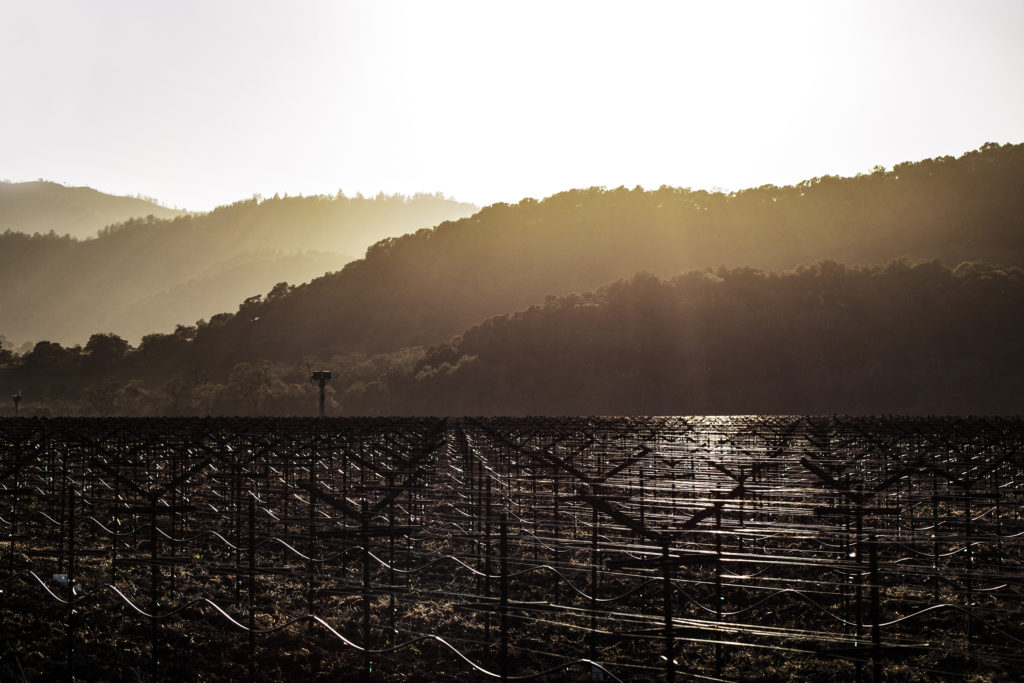
2020
Destruction & Rebirth
One thing that stands out about 2020 is how similar the growing season was to 2017, right down to the Labor Day heatwave and, of course, the fires. Yet the 2020 wines I’ve tasted so far are very different from the 17s and most likely better overall.
Very few Napa reds were produced in 2020 due to smoke taint. Until the wines are all bottled and released, it is difficult to estimate what proportion of the crop will finally make it onto the market. Still, I estimate that production will ultimately be around 20% or less of an average vintage.
On August 17, 2020, the first of the growing season’s fires broke out in Napa Valley, the Hennessey Fire, eventually merging with a series of fires around Sonoma and Vacaville/Fairfield, known as the LNU Lightning Complex Fires. This was a shockingly early start to fire season, occurring well before the start of harvest, meaning the impact was potentially the entire Napa Valley crop. Fortunately for Napa growers, the smoke damage to grapes from this fire was relatively contained to the area around Lake Hennessey, meaning the hopes for surrounding vineyards and Pritchard Hill were dashed well before harvest was even a possibility. There was still a lot of hope for most other areas of the valley until the Glass Fire broke out on September 27 on Glass Mountain Road, near the border between St. Helena and Calistoga. Active for twenty-three days, the scale of this fire in the heart of wine country was unimaginable, taking out iconic wineries such as Newton and Chateau Boswell and the three Michelin-starred Meadowood Grill restaurant, to name a few. No area of Napa was spared from the impact of the smoke, but some areas got off more lightly than others, and some producers had brought a little fruit in before the fire broke out or swiftly harvested early into its progression.
First, let’s call out the elephant in the room: smoke taint
Style & Quality
Understandably, the few producers still in the 2020 game have been playing their cards close to their chests. The wines are being bottled as I type this report in late June 2020. Therefore, I haven’t tasted a vast number of wines from this year, but I have tried barrel samples from some major players, including Dalla Valle, Spottswoode, and Eisele Vineyard. My first impressions are that these wines tend to have more purity and delineation than the 2017s, with slightly more weight and alcohol and riper tannins.
At this stage, I remain optimistic that a small number of stellar wines will rise out of the destruction of the 2020 vintage.
The few 2020 whites I have reviewed with this report reveal rich, generous, warmer vintage signatures that will give a lot of pleasure to lovers of this style.
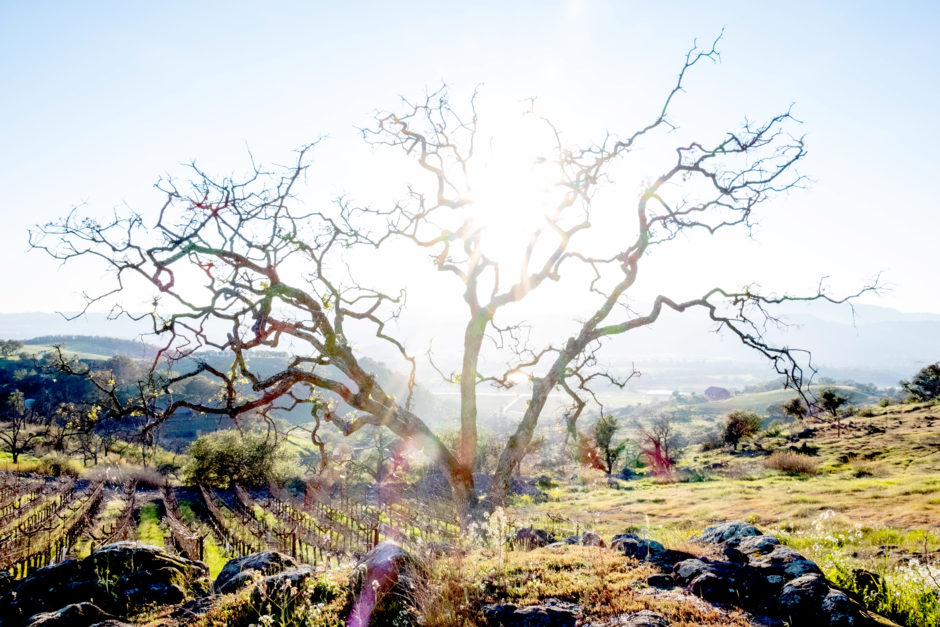
More in-bottle 2020 Napa reviews and an in-depth overview of the growing season are in the pipeline. Meanwhile, I will be rolling out more and more 2018 and 2019 reviews over the forthcoming weeks. Until then, happy wine hunting!
-
Article & Reviews by Lisa Perrotti-Brown MW
Photos by Johan Berglund & Svante Örnberg

PRODUCERS IN THIS ARTICLE
> Show all wines sorted by scoreMore articles

2021 Bordeaux in Bottle and A Modest Proposal
24th Apr 2024
599 tasting notes

Pilcrow’s New Releases
18th Apr 2024
7 tasting notes

Bordeaux 2023 Primeurs Photo Essay
18th Apr 2024
0 tasting notes

Harlan Estate, BOND, Promontory 2021 and 2011
11th Apr 2024
14 tasting notes
Show all articles
